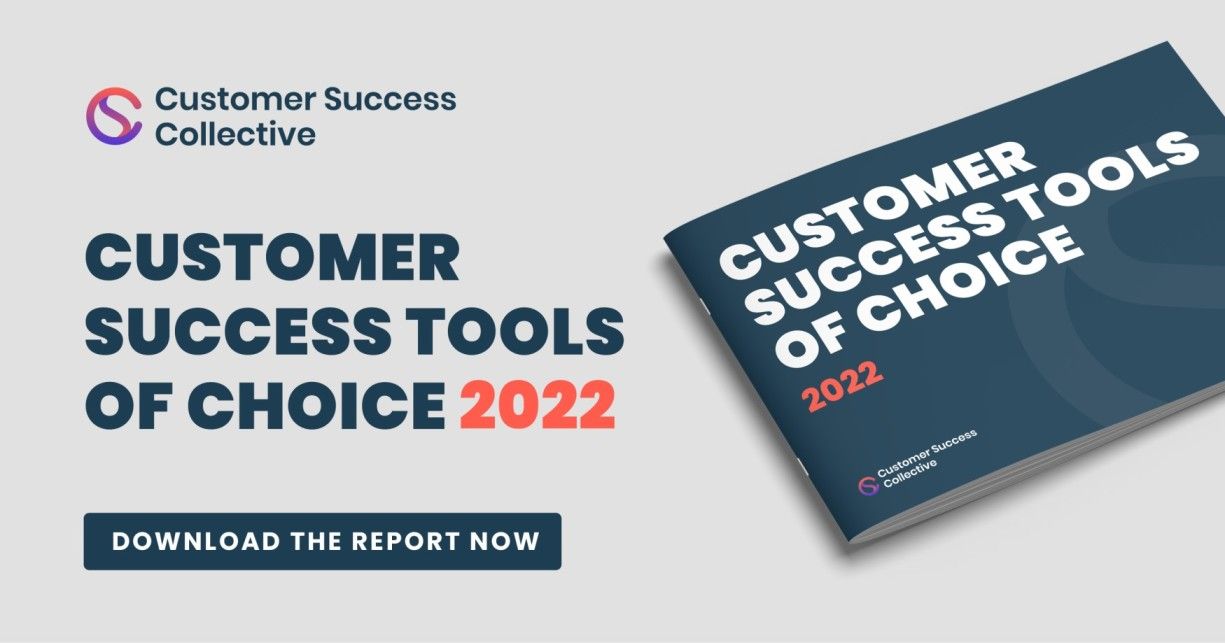Customer segmentation is a fundamental tool in a customer success professional’s artillery; the process can provide invaluable consumer insights, streamline mass customization, help teams hone in on niche marketing opportunities and improve brand loyalty and customer engagement.
And a whole lot more.
The process isn’t without its challenges, and failing to segment with 100% accuracy can see you target the wrong segment or focus your attention on area that’s oversaturated; this can have a detrimental effect on your short and long-term performance.
Tamara Grominsky, VP of Strategic Growth at Unbounce, is an expert in customer segmentation, applying the principle regularly in her role.
Such is Tamara's understanding of the area, she has delivering PMA's Segmentation Masterclass. Interested in enrolling and becoming segmentation certified? Register your interest and learn from a true market leader.
In the meantime, check out Tamara's expert insights presented to the product marketing community during her AMA session with PMA .
Q: I would love to hear about best practices for running segmentation exercises for the first time. How do you go about finding the Ideal Customer Profile (ICP) and operationalizing it across the various teams?
A: “The most important thing to consider is removing any bias from the exercise. Identifying your ideal customer segments is not about opinion, but should be rooted in data.
“I recommend an approach that takes into consideration both qualitative and quantitative research.
“First, leverage the data (geographic data, demographic, behavioral, etc) you have about your existing customers, those who have purchased from you in the past, and those who come to our product but don't end up purchasing to gain a better understanding of who you are attracting and retaining today.
“Then dig deeper into their performance metrics to see which of those segments have the highest positive impact on your business - you want to look out for metrics like conversion rate, lifetime value, and churn rate.
“If you're taking a data-based approach it will be easier to bring other teams and stakeholders along and to get buy-in on your recommended segments. Make sure you're building artifacts that can be used by teams across the company to apply your segment research to their day-to-day work. I recommend a tool like a Segment Profile, which is similar to a persona, but includes more quantitative data than a traditional persona might.”
Q: For a B2B product with social impact, how important is segmenting by the key motivator (as in 'solve the problem' or 'give back')? Which of these segments is likely to bring the most loyal customers?
A: “Unfortunately I don't have the perfect answer, as it will depend on your specific product and customer base.
“However, what I will say is that this is absolutely the right question to be asking, and completing some segmentation research will help you get answers.
“When building your segments, it's important to prioritize groups that you can identify both out in the market, and your customer base, using the data available. I'd recommend that you focus your segments on more tangible groups based on geographic and demographic info (for B2B, this might be business size/revenue and job title) first, and then during your qualitative research phase, you can identify which motivators and positioning would resonate best for each segment. That's most likely when you would go deeper on your question above.”
Q: I'm working on a B2B product that has use cases across several roles (e.g. content marketers, product managers, DevOps). After you've defined your segments, how would you recommend prioritizing them?
A: “Great question! Based on the info above, I'm going to assume that you've already identified these core segments and validated that they are high-performing. (Validating and comparing each segment's performance is a critical step to helping to prioritize whether your business should be focusing on them).
“If that's the case, then I'd recommend you look outwards to finalize the prioritization of your segments. Essentially you want to confirm that you could win the market should you choose to prioritize it. To do this, you might consider three areas of research:
- Total addressable market - is the market large enough to sustain your growth ambitions?
- Customer acquisition cost and channel - do you have an affordable and scalable way to acquire this segment?
- Competitive landscape - which competitors are prioritizing this segment, and how difficult will it be for you to differentiate and win?”
Q: I read that a survey from MailChimp found segmented campaigns had open rates 14.31% higher than non-segmented campaigns. I'm keen to improve my email campaigns and see segmentation as the perfect opportunity to do so. But, what would be your key piece of advice to a PMM planning to segment for their email campaigns?
A: “I'm so happy to hear you're keen to implement segmented email campaigns - I think they are super effective!
“If you have existing email programs in place - for example, onboarding flows or product adoption flows - then I'd recommend you start by choosing one segment that you want to experiment with. You'll want to run your generic campaign next to your segmented one to see if the segmented one improves performance.
“Gather all of the current research and insights you have about this segment and identify where you might need to know more. If you're going to build segmented onboarding flows you will need to understand why that segment chose your product, what value they want to receive, and which features will decrease their time to value. Then tweak (or completely re-write) your existing generic flow to represent this segmented perspective - leveraging hyper-relevant messaging, sequencing the order of features you introduce, and providing appropriate resources.
“If your experiment is successful, then you can roll out the same process to your other customer segments!”
Q: How do you roll out a segmentation overhaul?
I’m also curious to establish how do you connect customer segmentation to actual business revenue, and how to build advocacy for better customer segmentation within the company?
A: “So many amazing questions here, I'll give them a shot!
“To assist with rolling out a segmentation overhaul, I've developed a tool called the MAP Framework to help empower product marketers/managers to run segmentation exercises in their businesses. MAP stands for: Measure Volume, Analyze Performance and Prioritize Potential.
“In a nutshell, you'll want to identify which segments you already have a lot of/are attracting in high volumes today. That will give you a strong foundation to start with. Then you'll want to validate that those groups of customers have high business value by looking at metrics like conversion rate, average revenue, and lifetime value. From there you'll want to look outwards to see whether you have the potential to win the market, assessing things like total addressable market and customer acquisition channels and costs.
“In the end, compare all of your potential segments against each other to identify which ones make the most sense for your business. If you're keen to learn more about the MAP framework, I have a master class with Product Marketing Alliance that includes templates, tools, and more!
“Connecting segmentation to business value is critical, and it all goes back to that second stage that I mentioned - Analyze Performance. For each of your segments, you'll want to understand key metrics and then compare that to the average non-segmented customer.
“Then your objective will be to try to multiply your best customers to increase their ratio within your customer base while decreasing the ratio of non-segmented customers. As you do this, your overall business metrics will improve, as long as the key metrics associated with each segment are solid. For example, if the churn rate of your segment is lower than the churn rate of non-segmented customers, as you increase the ratio of segmented customers your overall churn number will decrease!
“To build advocacy for segmentation across the company, I think it's important to help all of your stakeholders understand 1) how they can use segmentation in their day-to-day work, and 2) how segmentation will improve overall business results.”
Psst. There are a whole bunch of vetted and tested tools available in our Customer Success Tools of Choice 2022– check them out.

Q: How often do you update your customer segments at Unbounce? Given it’s a continual process, I don’t want to leave it too long and work from irrelevant data!
A: “There isn't a magic timeframe that I'd recommend updating/overhauling your segments. At Unbounce, we do large-scale updates of our segments if there is a substantial change within the business, like the introduction of a new product line or entry into a new market.
“However, we are in a process of continual optimization of our existing customer segments. As we learn more about the customers that fall within our segments, we deepen our understanding of what motivates this group, how they perceive value, and what tactics and strategies work to convert and retain them. We use data like win-loss interviews, surveys, and NPS to ensure we're up-to-date and have our finger on the pulse of our segments.”

